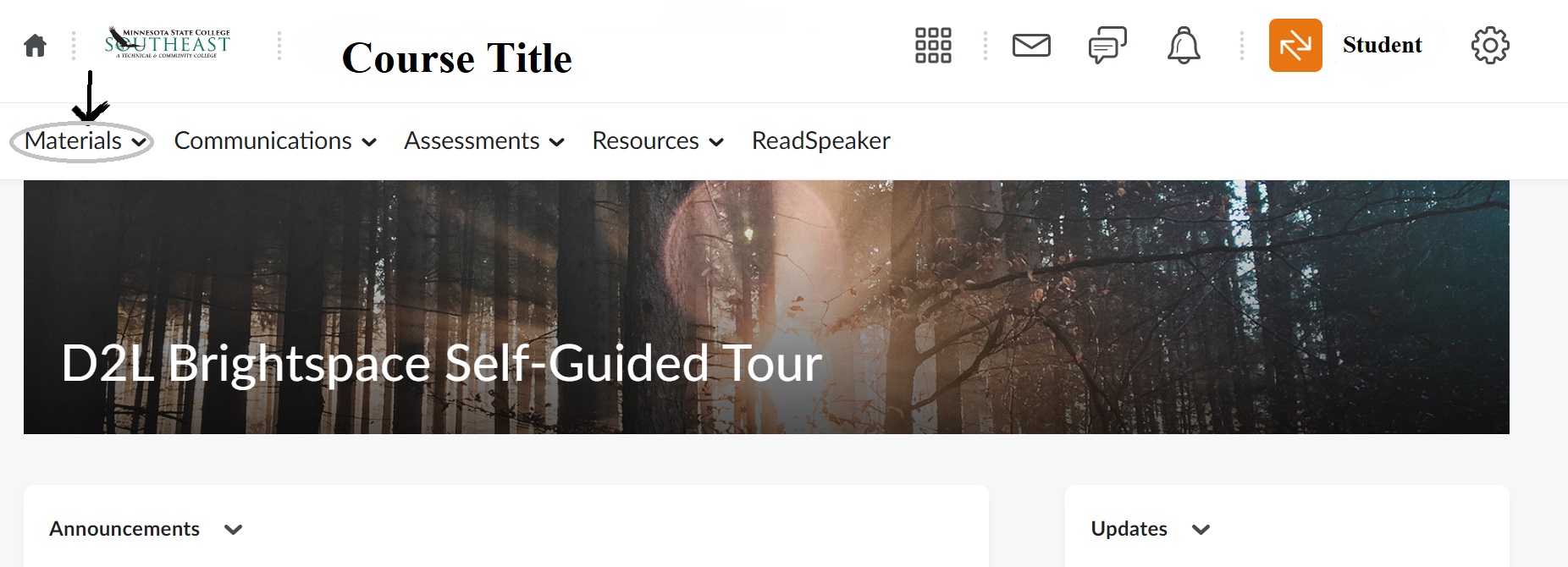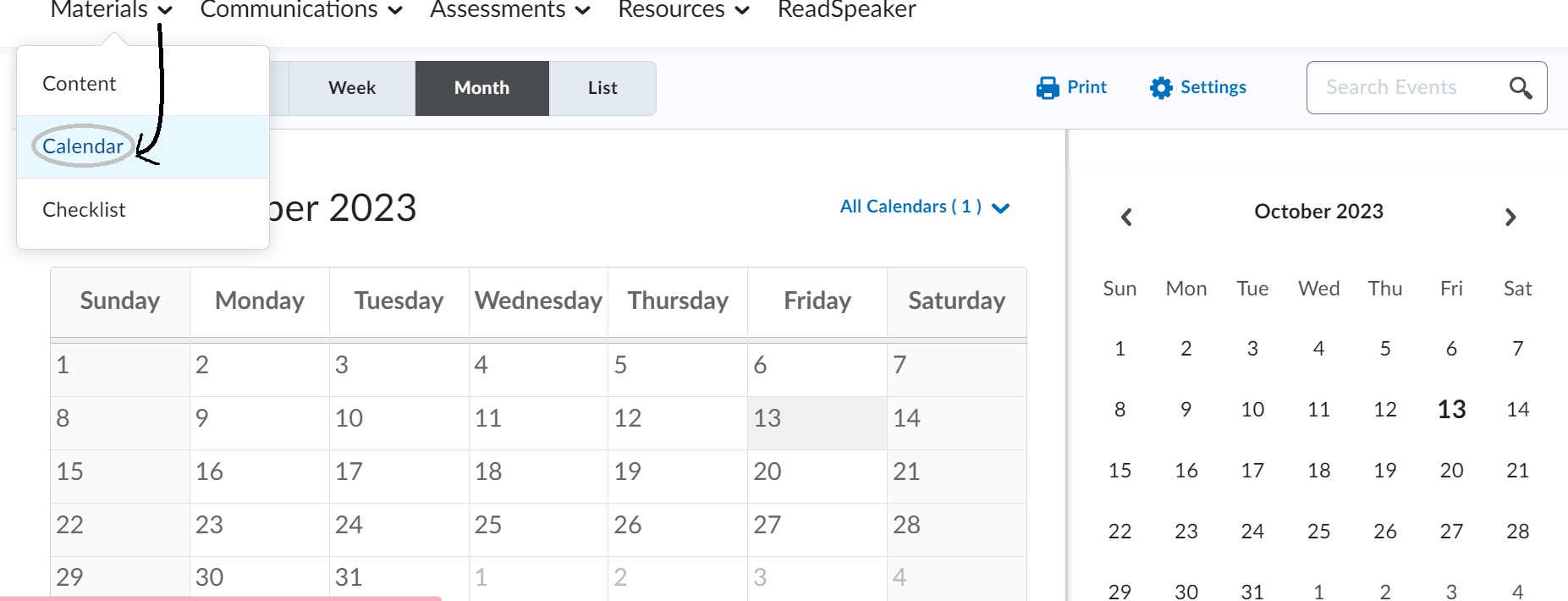DO YOU POMODORO?
“The Pomodoro Technique” is the idea by a student in the 1980’s, Francesco Cirillo. Using a timer with preset times for working and having a break could help you to stop procrastinating and structure your time.
Let’s POMODORO! Try it out by following the sequence below:
Shut off all distractions (your phone, TV, your music, a friend, etc.)
Set the timer for 25 minutes
Get going and focus on the task for 25 minutes
When the 25 minutes are up, reward yourself with a 5 minute break
Going through the above points means you are “doing a pomodoro”!!!!
REPEAT ABOVE STEPS 4 TIMES
After doing Four (4) pomodoros – you earn a longer break (15 – 30 minutes)
REPEAT steps as needed to complete your homework or ANY other task.
And why might you ask is a pomodoro timer 25 minutes long? That is exactly the right time to help you not procrastinate, be productive, create urgency and help you stay focused on any task you are tackling.
Fifteen things you can do to control procrastination:
- Reward yourself when you complete a task. Go online, have a treat, grab coffee with a friend. Choose what is a reinforcement for YOU.
- PRIORITIZE the tasks you have to do. This will help you know where to begin.
- Work on tasks at the times you work best. Are you a morning person?
A night owl?
- Break tasks into smaller, manageable parts.
- Work with a study group. The momentum of the other group members will carry you with them.
- Carefully schedule what you have to do. Stick to your schedule.
- Be realistic! It’s okay to shoot for small success and build on that.
- Set specific goals... and track your progress. Remind yourself of how this task is leading you closer to the end-goal.
- Establish a comfortable workspace. A space more inviting, is more enticing.
- Work for short periods of time...It’s okay to take breaks! Have you heard of the Pomodoro method?
- If there is a particular task that you dread doing, force yourself to face it. Everything else will be a walk in the park!
- Think about all of the benefits of completing a task. Use these thoughts as motivators.
- Other motivators? Find a friend, peer, instructor, or colleague that can, and WILL hold you accountable.
- Use visual reminders (post-it notes, calendar alerts, phone reminders)
- Identify the methods that you use to procrastinate. Figure out what you can do instead.
Step 1) Go to your profile, by clicking your name at the top of the page. Select "notifications."

Step 2) Choose which notifications you want to receive, and if you want an email, a text, or both.

School, WOrk, Home-Life eXpectations...It can be a lot.
How you manage your time can be crucial to your academic success. Especially as you start your college career, it is essential to learn how to balance your time so you can use it most effectively. Some tips to assist you in your time management are as follows.
Find a way to keep track of your time.
Record your planned school activities using your class syllabus.
HOW TO STUDY :
Test preparation can include many factors including WHAT to study, WHEN to study, and HOW to study. Especially if the concept of studying for an exam is new to you, the tips that follow will help you successfully prime yourself for your next exam.



